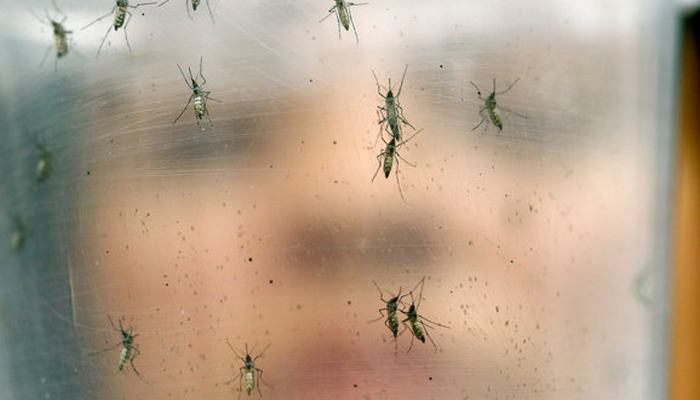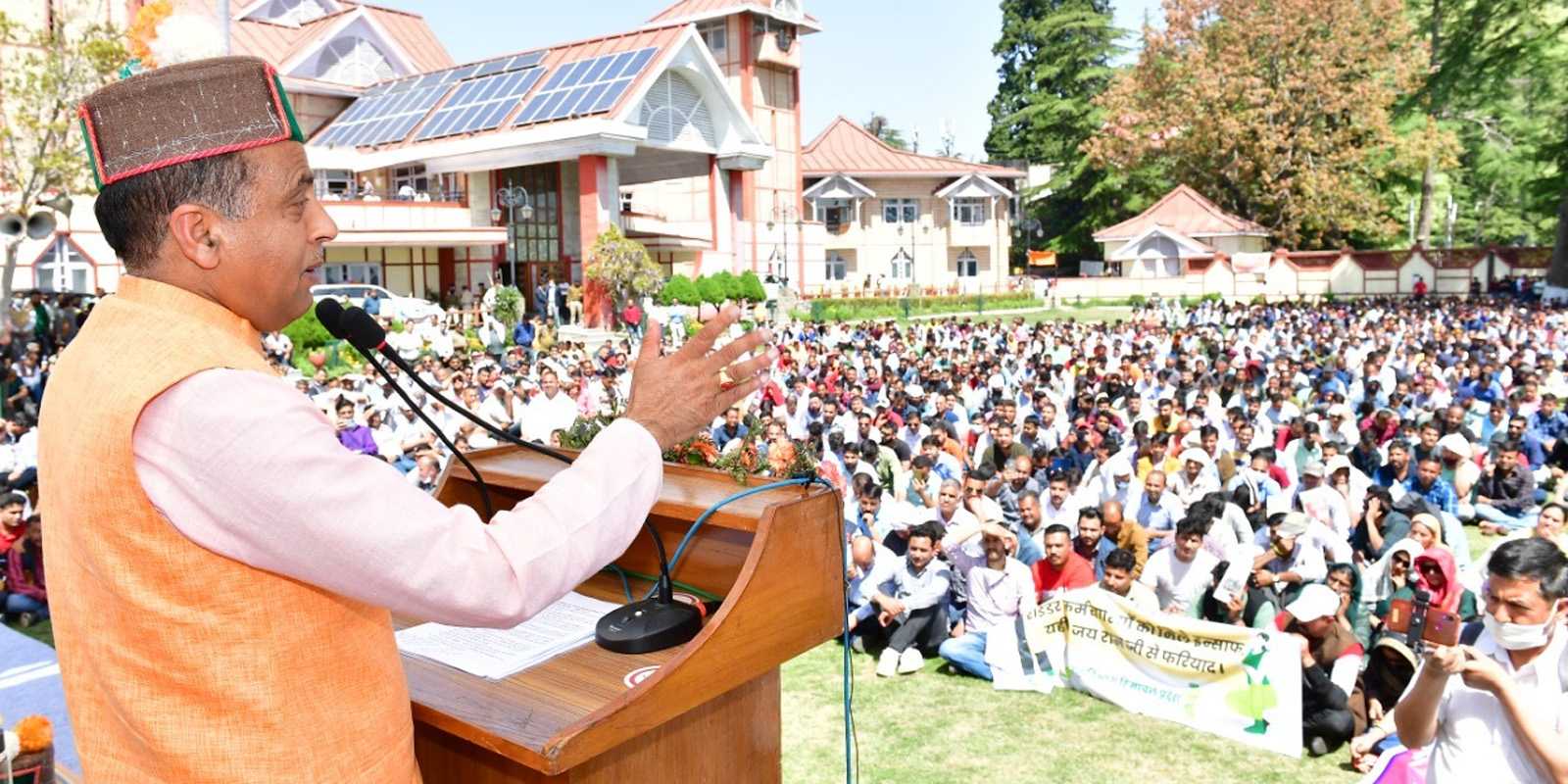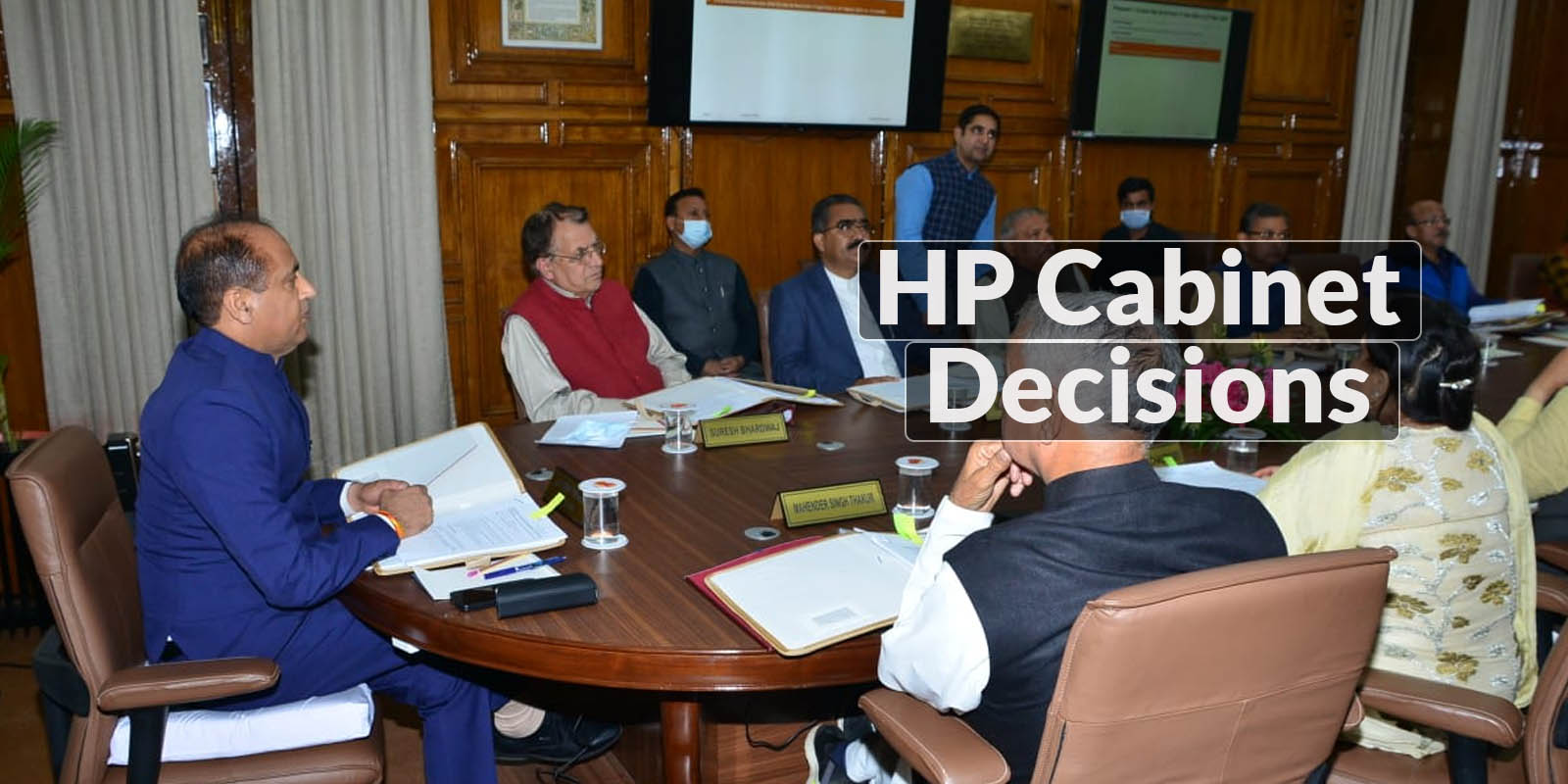News
Everything you need to know about Zika virus – symptoms to treatment

New Delhi- Global health officials say the Zika virus, linked to severe birth defects in thousands of babies in Brazil, is spreading rapidly in the Americas and could infect 3 million to 4 million people. The race is on to develop a Zika vaccine.
Here are some questions and answers about the virus and the current outbreak.
How do people become infected?
The virus is transmitted to people through the bite of infected female Aedes mosquitoes, the same type of mosquito that spreads dengue, chikungunya and yellow fever. The Pan American Health Organization (PAHO) said Aedes mosquitoes are found in all countries in the Americas except Canada and continental Chile, and the virus will likely reach all countries and territories of the region where Aedes mosquitoes are found.
How do you treat Zika infection?
There is no treatment or vaccine available for Zika infection. Companies and scientists are racing to develop a safe and effective vaccine for Zika, but one is not expected to be ready for months or years.
How dangerous is it?
The PAHO said there is no evidence that Zika can cause death but some cases have been reported with more serious complications in patients with pre-existing medical conditions.
The virus has been linked to microcephaly, a condition in newborns marked by abnormally small heads and brains that have not developed properly. It also has been associated with Guillain-Barre syndrome, a rare disorder in which the body`s immune system attacks part of the nervous system. Scientists are studying whether there is a causal link between Zika and these two disorders.
How is Zika related to microcephaly?
Health officials have yet to establish a direct causal relationship between Zika virus infection and birth defects, but it is strongly suspected. Brazil has reported 3,700 cases of suspected microcephaly that may be linked to Zika. It is unclear whether in pregnant women the virus crosses the placenta and causes microcephaly. Research in Brazil indicates the greatest microcephaly risk appears to be associated with infection during the first trimester of pregnancy.
What are the symptoms of Zika infection?
People who get Zika virus disease typically have a mild fever, skin rash, conjunctivitis, muscle and joint pain and fatigue that can last for two to seven days. But as many as 80 percent of people infected never develop symptoms. The symptoms are similar to those of dengue or chikungunya, which are transmitted by the same type of mosquito.
How can Zika be contained?
Efforts to control the spread of the virus focus on eliminating mosquito breeding sites and taking precautions against mosquito bites such as using insect repellent and mosquito nets. U.S. health officials have advised pregnant women to avoid travel to Latin American and Caribbean countries where they may be exposed to Zika.
How widespread is the outbreak in the Americas?
The World Health Organization said Zika cases have been reported in 23 countries and territories in the Americas in the current outbreak. Brazil has been the nation most affected. Other nations and territories include Barbados, Bolivia, Colombia, Dominican Republic, Ecuador, El Salvador, French Guiana, Guadeloupe, Guatemala, Guyana, Haiti, Honduras, Martinique, Mexico, Nicaragua, Panama, Paraguay, Puerto Rico, Saint Martin, Suriname, Venezuela and the U.S. Virgin Islands, according to the PAHO.
What is the history of the Zika virus?
The Zika virus is found in tropical locales with large mosquito populations. Outbreaks of Zika virus disease have been recorded in Africa, the Americas, Southern Asia and Western Pacific. The virus was first identified in Uganda in 1947 in rhesus monkeys and was first identified in people in 1952 in Uganda and Tanzania, according to the WHO.
Can Zika be transmitted through sexual contact?
One case of possible person-to-person sexual transmission has been described but the PAHO said more evidence is needed to confirm whether sexual contact is a means of Zika transmission. The PAHO also said Zika can be transmitted through blood, but this is an infrequent transmission mechanism. There is no evidence the virus can be transmitted to babies through breast milk.
What other complications are associated with Zika?
The WHO says because no big Zika outbreaks were recorded before 2007, little is known about complications caused by infection. During an outbreak of Zika from 2013-2014 in French Polynesia, national health authorities reported an unusual increase in Guillain-Barre syndrome. Health authorities in Brazil have also reported an increase in Guillain-Barre syndrome.
Long-term health consequences of Zika infection remain unclear. Other uncertainties surround the incubation period of the virus and how Zika interacts with other viruses that are transmitted by mosquitoes such as dengue.
News
HP Govt Employees to Get Higher Pay Scale on Completion of Two Years of Service: CM Jairam

Shimla-Himachal Pradesh Government employees working in different departments before January 3, 2022, would be given a higher scale at par with other employees on completion of two years tenure of regular service. A higher pay scale was also announced for the Junior Office Assistants (IT) on completion of two years of regular service.
Chief Minister Jairam Thakur made these announcements during the Karamchari Maha Sammelan of the Himachal Pradesh Non-Gazetted Employees Federation at the hotel Peterhof on Sunday.
He appreciated the role played by the employee especially frontline workers in the battle against the pandemic.
He said most of the government employees in the state have been given revised pay scales and on average, every employee has got the benefit of a 12 to 15 percent salary hike. There has also been an increase in the pension of about 1.50 lakh pensioners of the state. The financial benefits of Rs. 7801 crore have been given to state government employees and pensioners from the year 2018 to 2022. The pensioners who retired before 2016 are getting the benefit of a 15 to 20 percent increase in the pension while around 40 thousand pensioners who retired after 2016 would be benefitted soon, he said.
He said the daily wages were Rs. 210 in the year 2017 which has been increased by the present state government to Rs. 350. Similarly, 12 per cent interim relief annually has been provided to government employees and pensioners during the present government’s tenure. He said the Himachal government has provided Dearness Allowance to its employees and pensioners on the lines of Punjab and Central governments from the due date. The Punjab government has given only 5 percent interim relief to the employees while the Himachal government has provided 21 percent interim relief to its employees.
“Out of the total interim relief amount given to the employees and pensioners amounting to about Rs. 6500 crore, Rs. 3500 crore has been paid during the tenure of our government” added the Chief Minister.
He said that the state government has increased the government contribution for NPS employees from 10 percent to 14 percent benefitting more than one lakh employees. The NPS employees are being given the benefits of retirement and death gratuity at par with employees falling under the old pension scheme. The government has also increased the upper limit of death gratuity from Rs. 10 lakh to Rs. 20 lakh.
The Chief Minister said the state government has also increased the honorarium of para-workers working in various departments. The salary of outsource workers has been hiked by Rs 1,500 per month.
Non-Gazetted Employees Federation President Ashwani Thakur thanked the Chief Minister for providing various financial and other benefits to different categories of government employees.
Nation
Most Covid Restrictions to be Lifted From March 31, Mask and Hand Hygiene to Continue

New Delhi-The Centre has issued a notification to the States informing that the provisions of the Disaster Management (DM) Act, 2005 will not be invoked in the country after March 31. The Union Health Ministry said that the use of face masks and following hand hygiene will continue.
It implies that most of the Covid-related rules and restrictions would end.
Union Home Secretary Ajay Bhalla issued the notification which said that the decision was taken following the overall improvement in the situation and the preparedness of the government in dealing with the COVID-19 pandemic.
However, local authorities and State police can still invoke fines and criminal cases against persons violating COVID-19 norms under the Indian Penal Code (IPC), a senior government official said.
The DM Act was invoked on March 24, 2020, due to the pandemic
“Over the last seven weeks or so there has been a steep decline in the number of cases. The total caseload in the country stands at 23,913 only and the daily positivity rate has declined to 0.28%. It is also worth mentioning that with the combined efforts, a total of 181.56 Cr vaccine doses have been administered,” the notification said.
“I would like to mention that in view of the nature of the disease, we still need to remain watchful of the situation. Wherever any surge in the number of cases is observed, the States/UTs may consider taking prompt and proactive action at a local level, as advised by MoHFW (Health Ministry) from time to time,” the notification said.
The Indian government had issued various guidelines and measures for the first time on March 24, 2020, under the Disaster Management Act to curb the COVID-19 situation in the country, which have been modified several times thereafter.
India currently has 23,087 active COVID-19 cases and recorded 1,778 new cases and 62 deaths in the last 24 hours. The daily positivity rate has also declined to 0.28%.
News
HP Cabinet Decisions: Country Liquor Made Cheaper in New Excise Policy, Read All Decisions

Shimla-A meeting of the Himachal Pradesh Cabinet was held on March 20, 2022, under the chairmanship of Chief Minister Jai Ram Thakur.
The excise policy for the financial year 2022-23 was approved. Approval was also given for the renewal of retail excise vends in the state for the financial year 2022-23 at the renewal fees of 4% of the value of unit/vend.
The State Government said that wants to enhance the government revenue and curb the smuggling of country liquor from the neighbouring states by a reduction in its price.
The brands of Country Liquor will be cheaper as license fees have been reduced. This will help in providing good quality liquor at a cheaper rate to the consumers.
In the new excise policy, the 15% fixed quota of country liquor for manufacturers and bottlers to be supplied to the retail licensees has been abolished. According to the government, this step will give the retail licensees to lift their quota from the suppliers of their choice and further assure the supply of good quality country liquor at competitive prices. The MRP of country liquor will be cheaper by 16% of the existing price.
In this year’s policy, the Gaudhan Vikas Nidhi Fund has been enhanced by Re.1/- from the existing Rs.1.50 to Rs.2.50.
The fixed annual license fee of Bars has been rationalized by abolishing the area-specific slabs of license fee. Now throughout the State, there will be uniform license slabs based upon the room capacity in hotels.
Rates of the annual fixed license fee of Bars in the tribal areas has been reduced considerably.
Further, all the above stakeholders will have to install CCTV cameras at their establishments as it was made mandatory for them.
Wholesale vends and retail vends, the penalty provisions under the H.P. Excise Act, 2011 have been made more stringent.
An end to end online Excise Administration System would be established in Himachal Pradesh, the government said.
HP Government estimates a collection of Rs 2131 crore revenue during the year, which will be Rs. 264 crores higher than the financial year 2021-22 – growth of 14% in state excise revenues.
The Cabinet also gave its nod to amend Himachal Pradesh Disaster Relief Manual-2012 to include deaths due to biting of honey bees, hornet and wasps, accidental drowning and deaths due to accidents of vehicles (including land, water and air) under this Manual.
The Cabinet gave its approval for filling up 11 posts of ‘A’ Class Tehsildar in Revenue Department through direct recruitment on regular basis through Himachal Pradesh Public Service Commission.
HP State Toll Policy 2022-23
The HP Cabinet also gave its nod to HP State Toll Policy for the year 2022-23 which envisages auction cum tender for all the toll barriers in the State. During the year 2021-22, toll revenue has registered a growth of 20 percent of the previous year’s revenue.








 Home Decor Ideas 2020
Home Decor Ideas 2020
